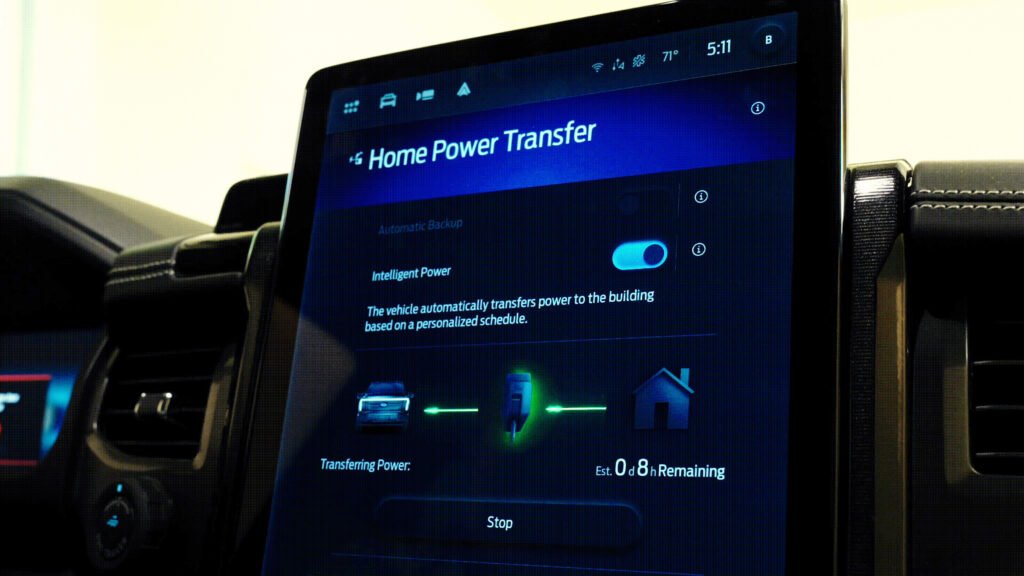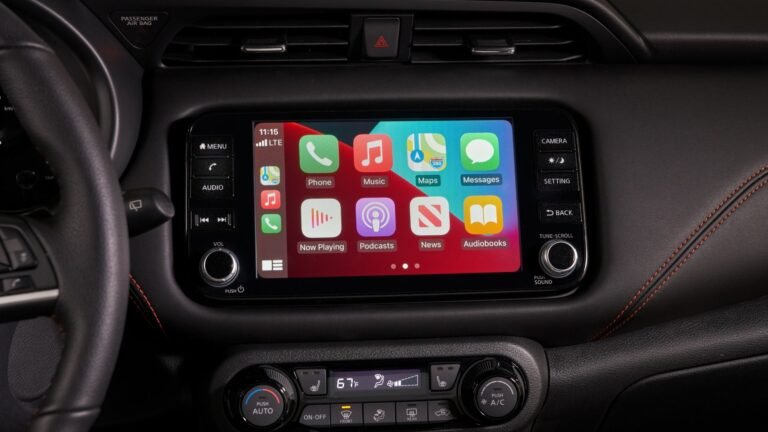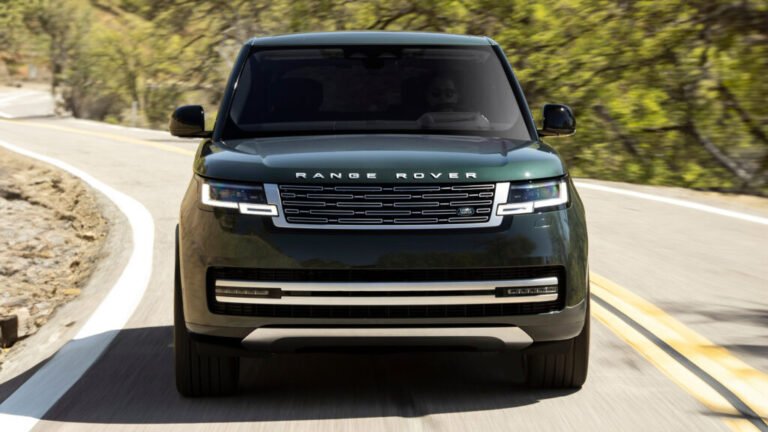

- The Lightning can feed electricity back to the grid, earning cash.
- Ford says owners can save $42 monthly, or nearly $500 each year.
- Production of the electric pickup truck remains paused indefinitely.
Owning a Ford F-150 Lightning means saying goodbye to gas stations forever. That’s the promise, at least, though it comes with the unspoken reality of long waits while electrons trickle into the battery. On the bright side, your truck can double as a backup power source for your home, and if Ford’s to be believed, even earn a few bucks while it sits in the driveway.
Read: F-150 Lightning Production Halted Indefinitely As Ford Bets On Gas Trucks Again
The company is eager to promote its usefulness, recently dedicating an entire piece describing how owners can turn their EV into a “side hustle”.
How Does It Work?
For some time, Ford’s Energy Rewards program has provided customers with bonuses for charging their F-150 Lightnings during off-peak times. It also has a system that allows the truck’s battery to serve as a backup generator during outages and blackouts.
In select US markets, owners can now charge their Lightning when electricity is cheaper (typically overnight during off-peak hours) and use the stored energy to power their home when grid prices are higher during peak times.
That’s not all. Customers can also return excess power from the F-150 back to the grid and get incentives from participating utility providers. According to Ford, customers can save up to $42 per month, or almost $500 per year, by using its new Home Power Management software.
The program has been launched in partnership with DTE Energy in Southeast Michigan. DTE will provide eligible owners the means to transfer power from the EV to their home.
Everything happens automatically, too, meaning the software optimizes the flow of energy to and from the battery pack while retaining battery health.
F-150 Lightning Production Paused Indefinitely
While the system is clever, it hasn’t done much to change the Lightning’s overall fortunes. Despite being the best-selling electric pickup in America this year, sales still trail Ford’s early projections. Earlier this month, production was officially paused with no restart date in sight.
With the federal EV tax credit gone and fuel economy penalties no longer enforced under the Trump-era rollback, Ford appears to be easing away from the Lightning experiment. The company now plans to build over 45,000 additional combustion-powered F-150s next year, signaling a quiet retreat to familiar ground



